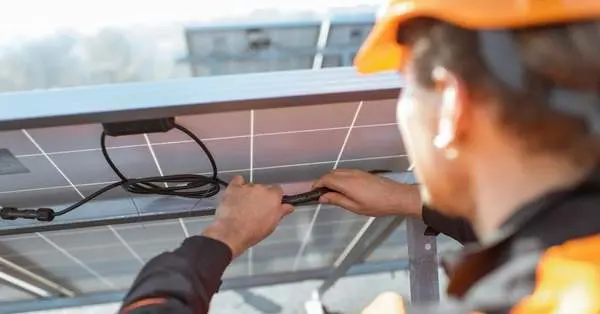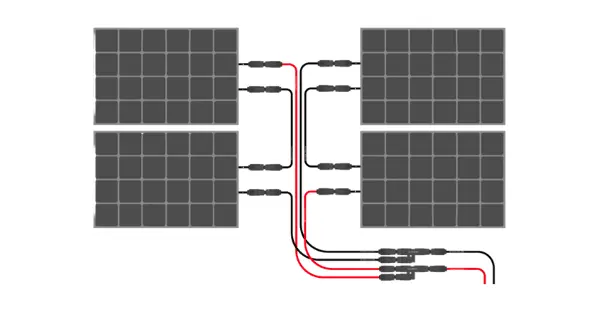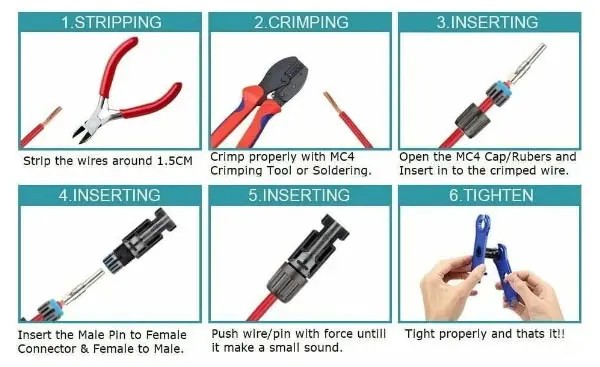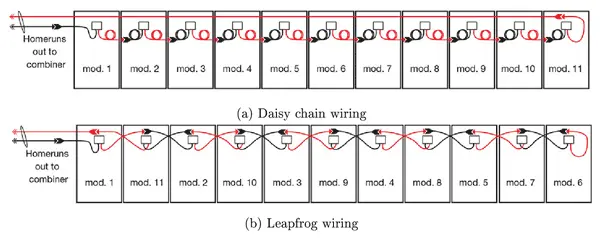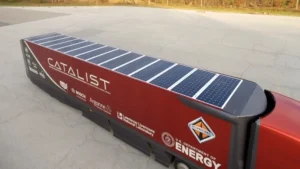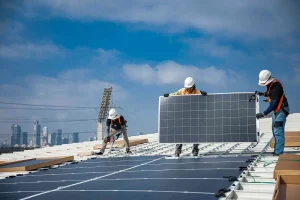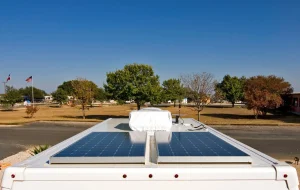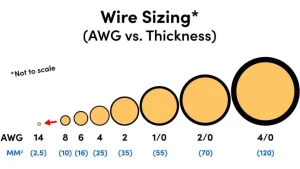Table of Contents
- What Are Voltage, Current, and Power in Solar Wiring?
- What Should You Know Before Wiring a Photovoltaic System?
- How Do You Determine Whether to Use Series or Parallel Wiring?
- How Do You Wire Solar Panels Step by Step?
- What Information Do You Need to Series-Connect Solar Panels?
- What Are the Key Wiring Rules for Photovoltaic Systems?
- Where Can You Find Professional Support and Reliable Products?
- What Should You Remember When Wiring a Solar System?
- Common Questions About Solar Panel Wiring
In the rapidly evolving world of renewable energy, having a solid understanding of how to connect solar panels isn’t just a technical requirement—it’s a strategic advantage. This Solar Panel Wiring Guide is designed to help commercial developers, off-grid system integrators, and solar professionals clearly explain and plan wiring layouts that directly affect system performance, safety, and reliability.
Whether you’re setting up a few panels for a home solar kit or engineering an industrial-grade off-grid photovoltaic system, the wiring configuration you choose—whether series, parallel, or hybrid—can significantly influence voltage, current flow, and overall energy efficiency.
What Are Voltage, Current, and Power in Solar Wiring?
Before diving into solar panel wiring, let’s revisit three fundamental concepts that define how photovoltaic systems operate:
-
Voltage (V): The electric potential difference between two points. Think of it as the pressure that pushes electrons through a wire.
-
Current (A): The flow of electric charge—similar to the volume of water through a pipe.
-
Power (W): The rate of energy transfer, calculated as
Power = Voltage × Current. This is the key output metric of your system.
These terms are essential when determining your solar panel wiring layout and understanding the difference between solar panels series vs parallel.
What Should You Know Before Wiring a Photovoltaic System?
Basic Components of a Solar Panel System:
-
Solar Panels
-
Charge Controller
-
Battery Bank
-
Inverter
Each component must match in voltage and current ratings for the system to operate safely and efficiently.
Wiring Configurations:
| Configuration | Voltage | Current | Best Used For |
|---|---|---|---|
| Series | Adds up | Same | Long cable runs, high-voltage inverters |
| Parallel | Same | Adds up | Systems with shading or low-voltage inverters |
| Hybrid | Balanced | Balanced | Large-scale or complex installations |
Tools & Materials:
-
MC4 connectors
-
PV cables
-
Crimping tool
-
Multimeter
-
PV combiner box (for parallel arrays)
How Do You Determine Whether to Use Series or Parallel Wiring?
Series Wiring
Connect the positive terminal of one panel to the negative terminal of the next. This increases voltage while current remains constant. Ideal for systems requiring high voltage input.
Parallel Wiring
Connect all positive terminals together and all negative terminals together. This increases current while voltage stays the same. More resilient to shading and ideal for 12V or 24V systems.
Hybrid Wiring
A combination of both series and parallel. Useful in large photovoltaic systems where both voltage and current must be balanced to fit inverter specs.
How Do You Wire Solar Panels Step by Step?
Follow these steps to safely complete your solar panel wiring:
-
Choose Wiring Type: Series, parallel, or hybrid—based on your inverter and shading conditions.
-
Plan Wiring Layout: Measure distances and calculate total cable lengths.
-
Mount Panels: Install panels securely following manufacturer instructions.
-
Prepare Cables: Crimp MC4 connectors to solar cables.
-
Connect Panels: Follow series or parallel wiring method.
-
Connect to Charge Controller: Respect polarity and system voltage.
-
Link to Battery Bank: Ensure fuse and wire gauge matches current.
-
Connect to Inverter: Match voltage range and DC input.
-
Test the System: Use a multimeter to check voltage and continuity.
What Information Do You Need to Series-Connect Solar Panels?
Before series wiring panels, check:
Inverter Specifications:
-
Max DC input voltage
-
Min (start-up) voltage
-
Max DC input current
-
MPPT input count
Panel Electrical Characteristics:
-
Open Circuit Voltage (Voc)
-
Short Circuit Current (Isc)
These values are based on STC (Standard Test Conditions). Be aware that real-world performance can vary due to heat, angle, and light intensity.
What Are the Key Wiring Rules for Photovoltaic Systems?
To ensure safe and efficient system design:
-
Stay Within Inverter Voltage Limits: Overvoltage can shut down your system or damage components.
-
Equal Conditions for Strings on the Same MPPT: Each string connected to the same MPPT should have the same orientation and irradiance.
-
Design for Optimization: Factor in possible inverter clipping and consider using microinverters or optimizers for roofs with mixed orientations.
Where Can You Find Professional Support and Reliable Products?
At Sungold, we support solar professionals, engineers, and installers with:
-
Expert design guidance
-
Flexible panel series optimized for hybrid and off-grid installations
-
Fully certified components (CE, TUV, ROHS, IEC)
From rooftop projects to field-deployed off-grid photovoltaic systems, Sungold delivers reliability and long-term performance.
What Should You Remember When Wiring a Solar System?
Wiring is not just a physical task—it’s a design decision that defines how your system functions. Whether you’re wiring solar panels in series vs parallel, careful planning will determine your output, safety, and equipment lifespan.
Looking to build a reliable solar system?
Reach out to the Sungold team to request a personalized design consultation.
Common Questions About Solar Panel Wiring
- Q: What’s better for partial shading—series or parallel wiring?
A: Parallel wiring is more shade-tolerant… - Q: Can I wire different solar panel models together?
A: Not recommended due to mismatched specs… - Q: How do I know my inverter can handle the array?
A: Refer to the inverter’s datasheet limits… - Q: What’s a combiner box used for?
A: It combines parallel strings into one fused output… - Q: Do I need to ground my solar panels?
A: Yes. Proper grounding is essential…
📩 Need help with your solar wiring? Contact Sungold for tailored solar system solutions.

